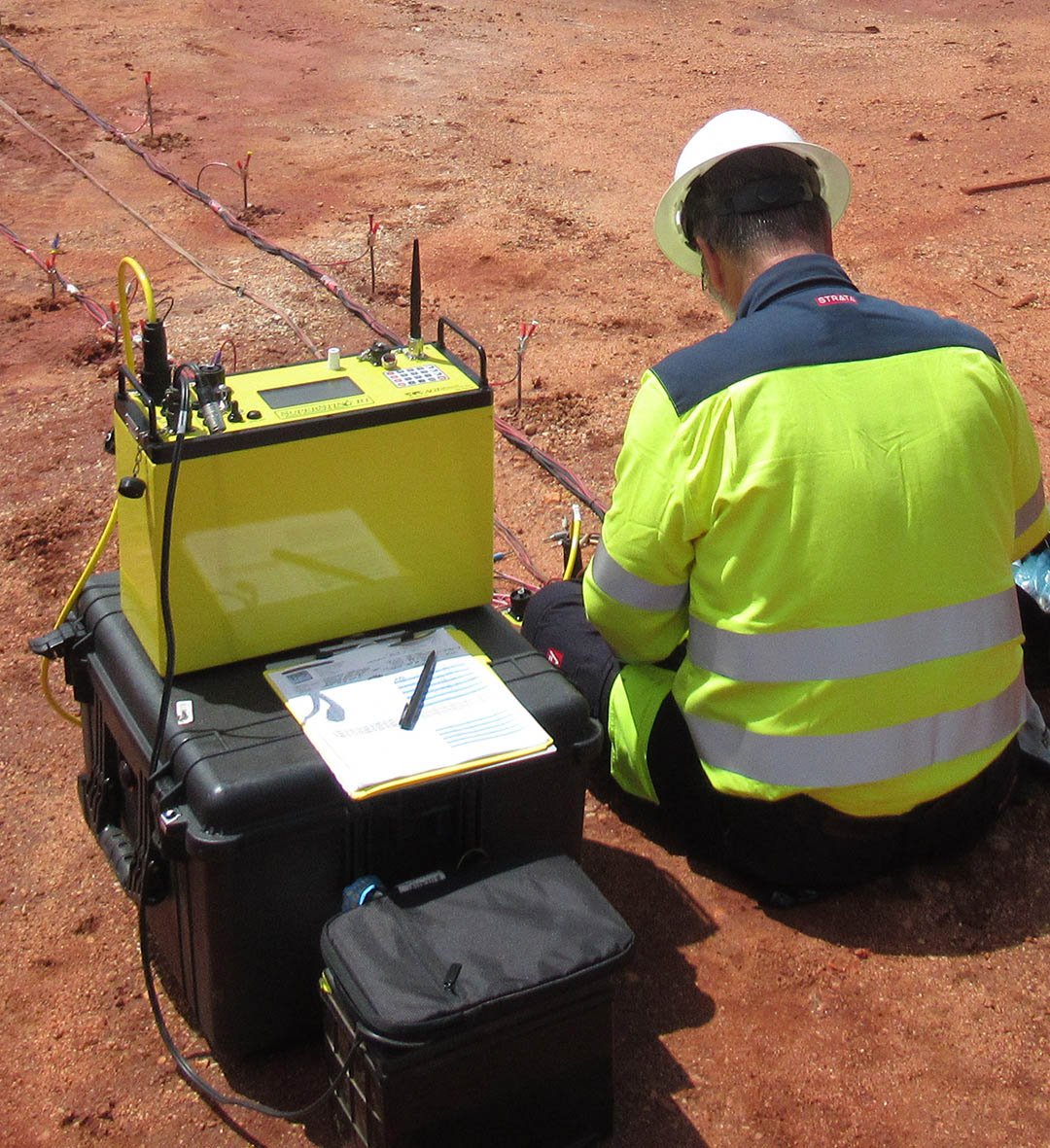Our Services
Wenner 4-Point Soil Resistivity Testing

Soil resistivity testing takes the guess-work out of electrical grounding design
Soil resistivity is a function of the concentrations of ionic soluble salts and the moisture level in soil. Soil resistivity testing is done to measure a soil’s corrosivity and determines how well or how poorly the soil will conduct electrical current. Soil resistivity testing is absolutely essential when it comes to reliable electrical grounding design or determining ground potential rise and calculating the 5 ohm resistance to ground. Knowing how conductive or resistive the soil is can be critical to providing proper safety of equipment and personnel.
Soil resistivity testing saves you time and money
A proper soil resistivity test can also save valuable time and money. It takes the guesswork out of the construction and design process and always gives a predictable outcome. The most reliable and widely accepted soil resistivity test in the world today is the Wenner 4 point Test Method.
Many equipment vendors and telecommunications companies now require ground systems at 5 Ohms resistance to ground
According to the IEEE Standard 142-1991 (The Green Book), the grounding electrode resistance of large electrical substations should be 1 Ohm or less. For commercial and industrial substations including telecommunications sites the recommended resistance to ground is 5 Ohms or less. This low resistance is required due to the high potential to earth of the electrical system. Depending upon the site location and soil characteristics, achieving that 5 ohm resistance can be very difficult. With proper soil resistivity testing however, we can provide grounding solutions that will achive 5 ohm resistance to ground and meet the stringent requirements such as the Motorola R56 standard to keep your valuable equipment within warranty.
The most reliable soil resistivity test is the Wenner 4 point soil resistivity test
• The Wenner 4-point soil resistivity test uses 4 probes spaced at equal distances across the surface of the earth in a straight line.
• The distance that the probes are spaced determines the testing depth into the soil.
• Multiple tests are typically conducted at a variety of probe spacing.
• Data is then be entered into our specialized computer software and specific soil resistivity readings at various depths can be calculated.
Safe and cost effective electrical grounding design
The experts at E&S Grounding Solutions, utilizing the Wenner 4-point Soil Resistivity Testing Method, accurately model the electrical resistance characteristics of the soil at your site including ground potential rise. Our electrical grounding experts know where and how to conduct the tests so that the minimum amount of electrical interference will not affect the test results at your site. With the correct Soil Resistivity information, we now have the essential information needed to build a safe and cost-effective electrical grounding design.
Let's Talk! Schedule a Free Phone Consultation Today.
Schedule a FREE Discovery Call with David Stockin, Founder CEO and Managing Partner.
Wherever you are located, let's meet in a 15-minute call and see how we can assist with your project.
Do you prefer to reach us via email?
Ask the Grounding Experts.
